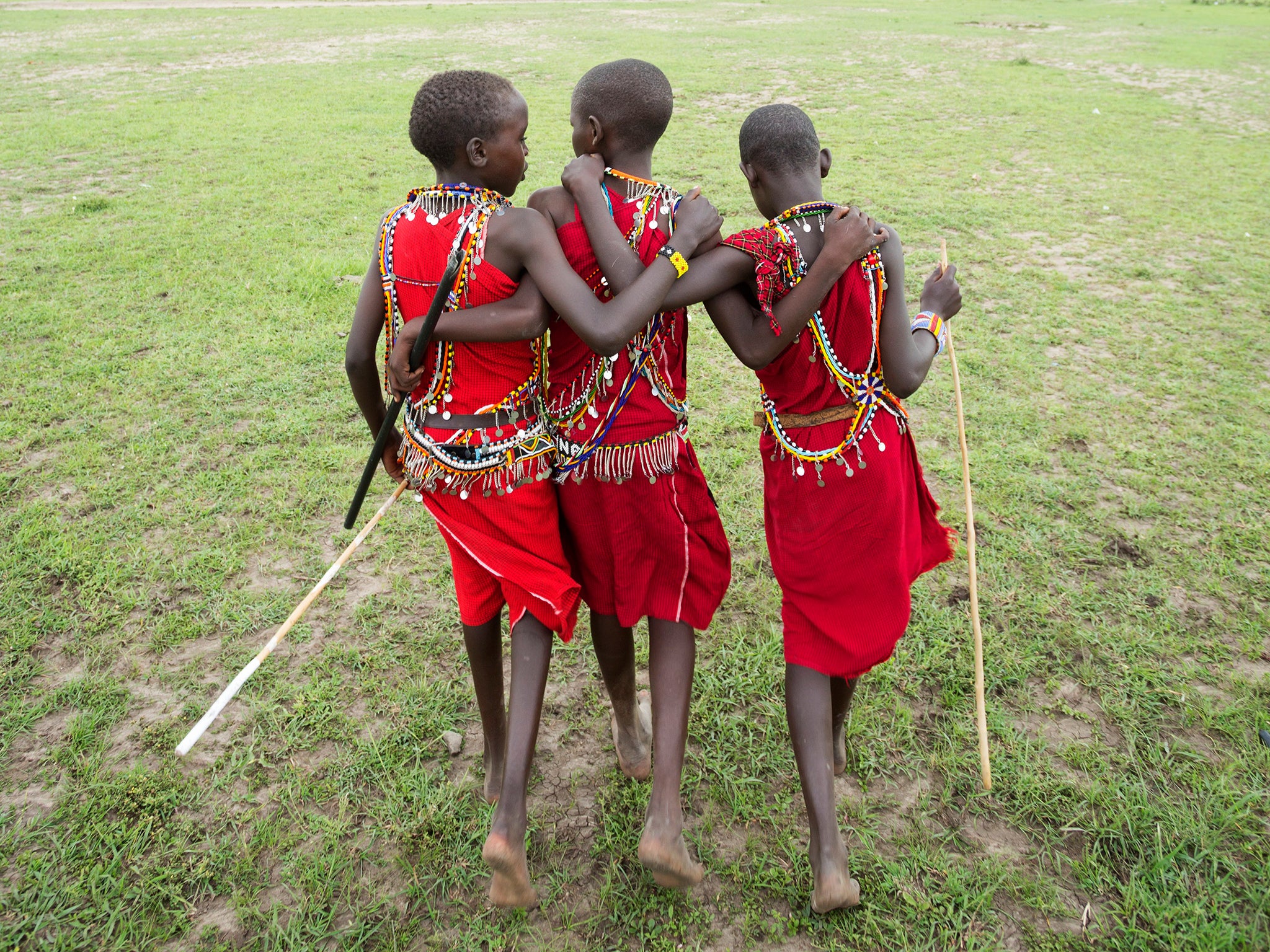East Africans may have up to a quarter of Asian and European DNA, says report
The study could reshape the way we interpret human history

People in East Africa have far more Eurasian ancestry than previously thought, owing up to a quarter of their DNA to ancient Asians and Europeans who migrated into the region, according to a study that could reshape the way we interpret human history.
The first-ever DNA sequencing of the skull of an ancient African – the 4,500-year old ‘Mota man’ discovered in an Ethiopian cave – has revealed that a huge migration from Western Eurasia into the Horn of Africa 3,000 years ago was twice as significant in terms of numbers and genetic influence as had been thought. Indeed, it was so large that it could have increased the population of the Horn of Africa by close to a third – which in turn led to a bigger genetic impact than expected, the report found.
This has been felt across the whole of Africa, as the ancient people hit the east of the continent and then dispersed.
The research, published in the journal Science, found that East African populations today have “as much as 25 per cent Eurasian ancestry from this event”.
Populations across the continent as a whole have at least five per cent of their genome traceable to the Eurasian migration, the cause of which remains a mystery.
Modern humans originated in Africa and began moving out of the continent between 60,000 and 125,000 years ago.
By the time of the “Eurasian backflow” analysed in the new study, they had evolved considerably – paving the way for them to influence the genetic make-up of their distant ancestors.
“Roughly speaking, the wave of West Eurasian migration back into the Horn of Africa could have been as much as 30 per cent of the population that already lived there – and that, to me, is mind-blowing,” said Dr Andrea Manica, senior author of the study, of the University of Cambridge.
Using DNA from Mota, a man who comfortably pre-dated the mass migration, researchers were able for the first time to directly compare an African genome without a Eurasian component to modern Africans to determine the influence of the influx into the continent.
“With an ancient genome, we have a direct window into the distant past. One genome from one individual can provide a picture of an entire population,” said Dr Manica.
DNA is critical for reconstructing the evolutionary history of modern-day humans because they provide a baseline that defines other events – allowing researchers to determine ancestry and population flows.
The researchers also identified genetic adaptations for living at altitude and a lack of genes for lactose tolerance – all genetic traits shared by the current populations of the Ethiopian highlands.
Join our commenting forum
Join thought-provoking conversations, follow other Independent readers and see their replies
Comments